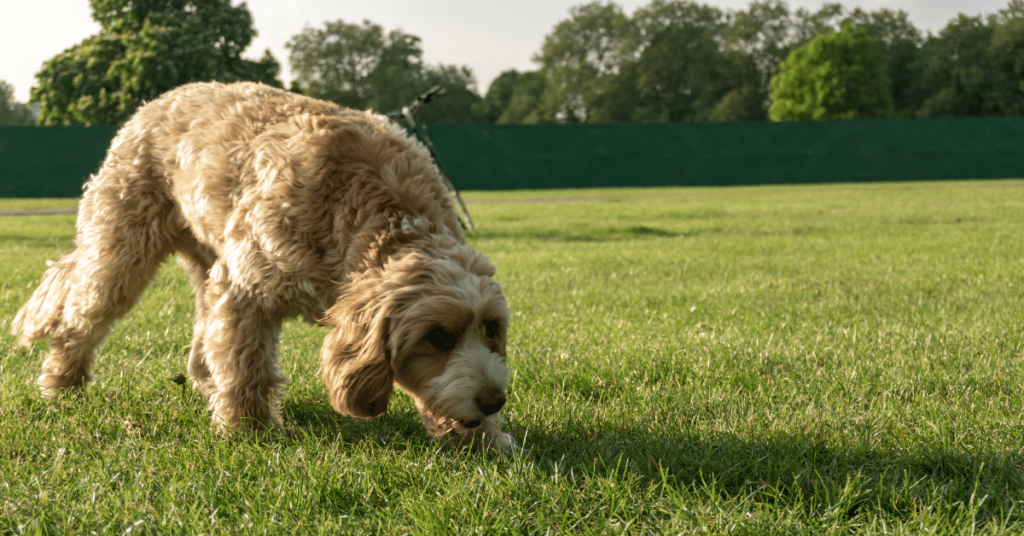Introduction
Taking care of your pet’s dental health is essential for their overall well-being. Just like humans, pets can suffer from dental problems such as gum disease, tooth decay, and bad breath. By implementing a regular dental care routine and following a few simple tips, you can help keep your pet’s mouth healthy and their breath fresh. In this article, we will discuss the importance of dental health for pets and provide you with valuable tips to ensure a healthy smile for your furry friend.
The Importance of Dental Health for Pets
Maintaining good dental hygiene is not just about aesthetics; it is critical for your pet’s overall health. When dental problems are left untreated, they can lead to more severe complications, including infections that can spread to other organs like the heart, liver, and kidneys. Additionally, dental issues can cause pain, discomfort, and difficulty in eating for your beloved pet.
Signs of Poor Dental Health
As a responsible pet owner, it’s essential to recognize the signs that indicate your pet may be suffering from dental problems. Watch out for the following symptoms:
- Bad breath
- Swollen or bleeding gums
- Tartar buildup
- Loose or missing teeth
- Difficulty chewing or eating
- Excessive drooling
- Pawing at the mouth or face
Tips for Maintaining Fresh Breath and Healthy Teeth
- Regular Brushing: Just like humans, pets require regular brushing to maintain good oral hygiene. Use a toothbrush and toothpaste specially formulated for pets. Start by gently introducing the toothbrush and slowly increase brushing time with each session. Aim for at least once a day, if possible.
- Dental Treats and Toys: Chewing on dental treats or toys designed to promote oral health can help reduce plaque and tartar buildup. Look for treats or toys with ridges and grooves that can reach those hard-to-reach areas of your pet’s mouth.
- Dental Wipes or Gels: For pets who are not comfortable with brushing, dental wipes or gels can be a convenient alternative. These products are designed to break down plaque and freshen breath. They can be simply wiped or applied to your pet’s teeth and gums.
- Professional Dental Cleanings: Regular visits to your veterinarian for professional dental cleanings are crucial for maintaining your pet’s dental health. Professional cleanings involve a thorough examination, scaling, and polishing of your pet’s teeth.
- Healthy Diet: A well-balanced diet can contribute to your pet’s dental health. Feed your pet high-quality food and avoid too many sugary or sticky treats that can lead to tooth decay. Consult your veterinarian for appropriate dietary recommendations based on your pet’s specific needs.
- Supplements: Some supplements, such as those containing omega-3 fatty acids and antioxidants, can help support oral health in pets. Talk to your veterinarian to determine if supplements are suitable for your pet.
- Monitor Chewing Habits: Be aware of what your pet chews on. Avoid giving them hard objects that can potentially damage their teeth. Monitor their chewing habits to ensure they are not ingesting anything harmful.
Prevention is Key
Prevention plays a significant role in maintaining your pet’s dental health. By implementing regular dental care habits and being proactive, you can reduce the risk of dental problems for your furry companion. Start implementing these tips early in your pet’s life to establish good oral care habits and prevent issues before they arise.
Summary
Maintaining fresh breath and healthy teeth is vital for your pet’s overall well-being. By following simple tips such as regular brushing, providing dental treats, scheduling professional cleanings, and monitoring their diet, you can ensure good dental health for your beloved pet. Remember, prevention is key, so start taking care of your pet’s dental health today to avoid costly and painful procedures in the future.







